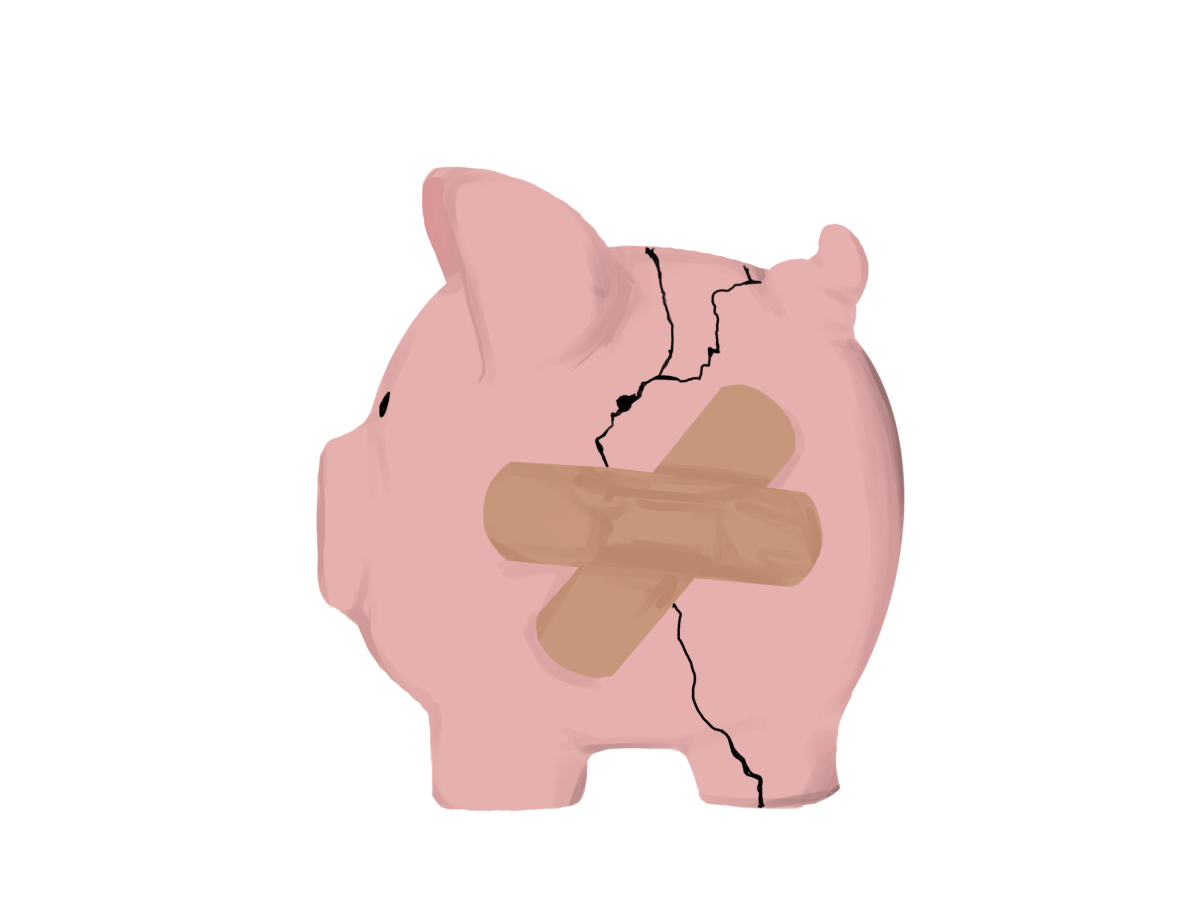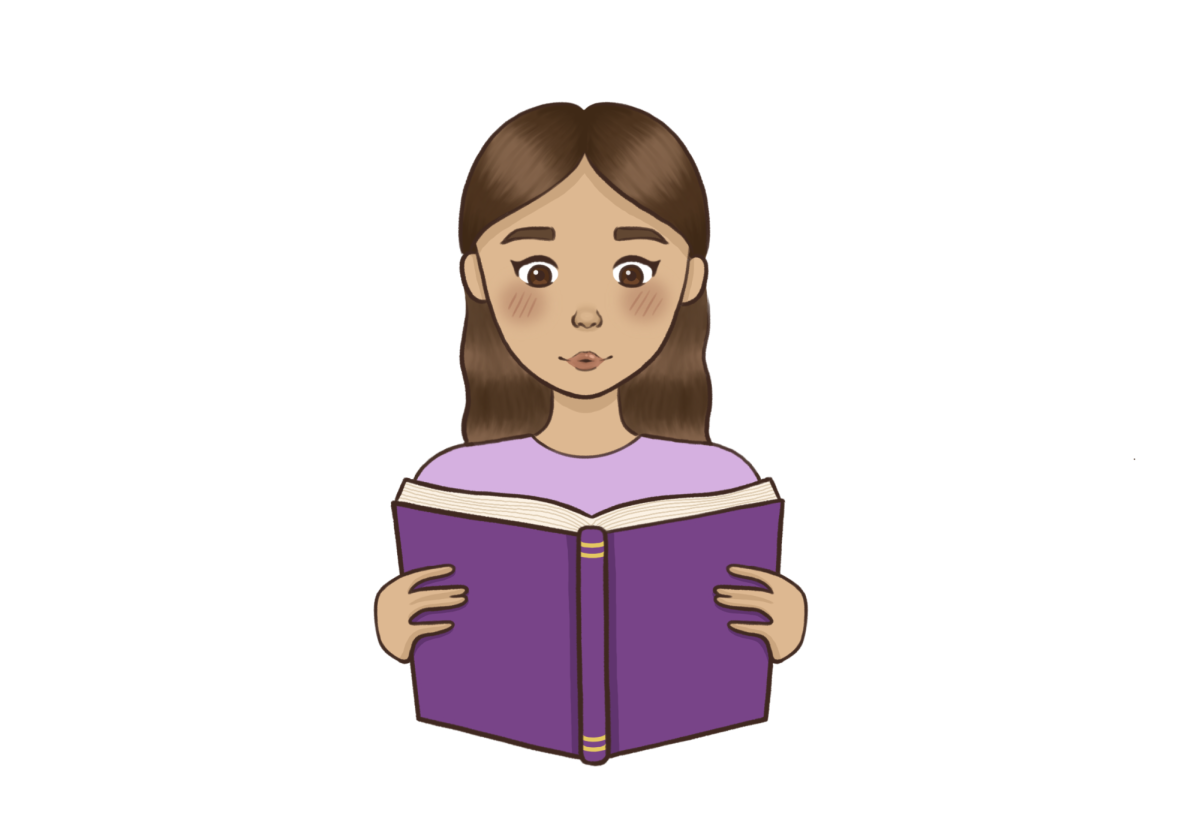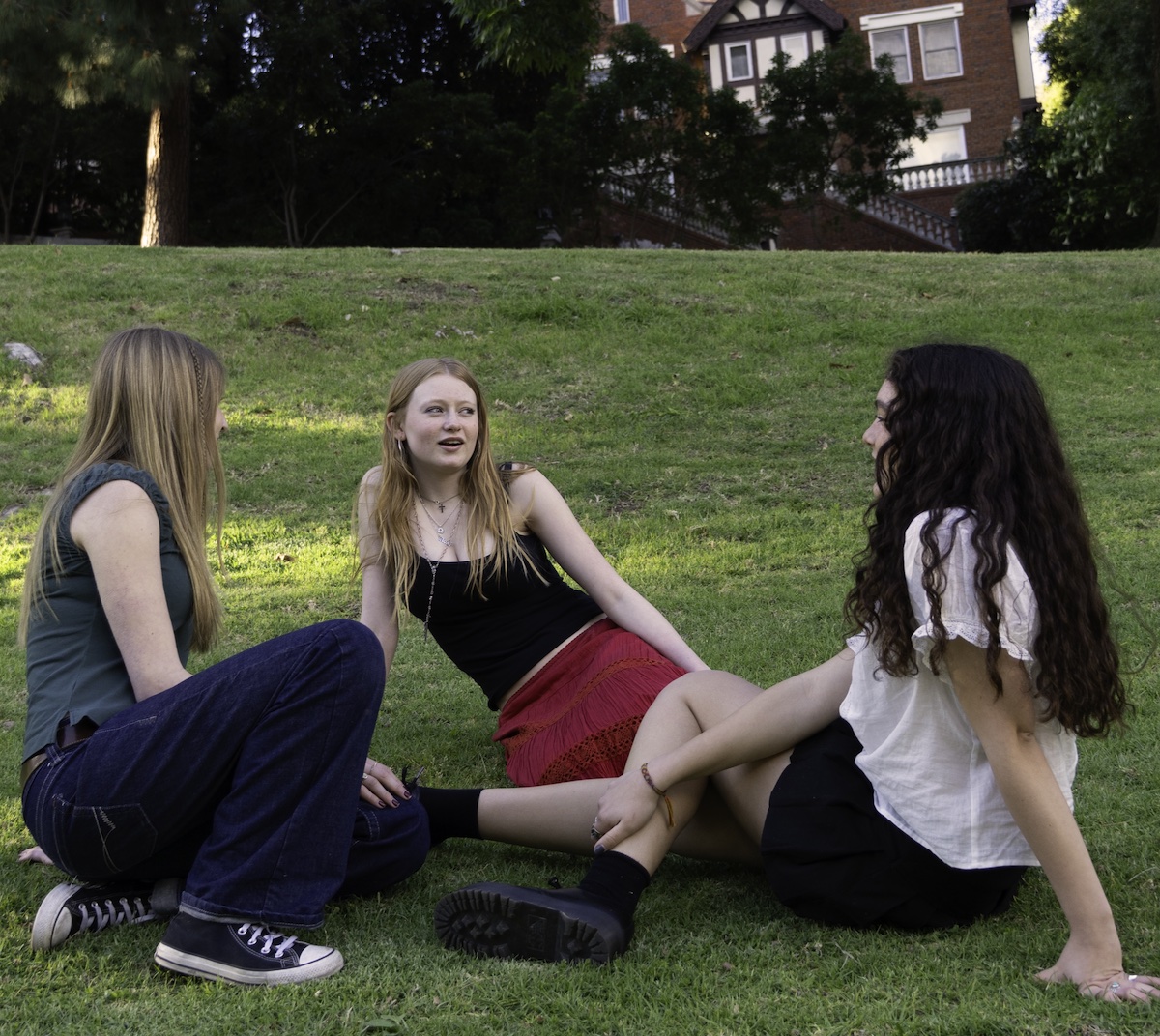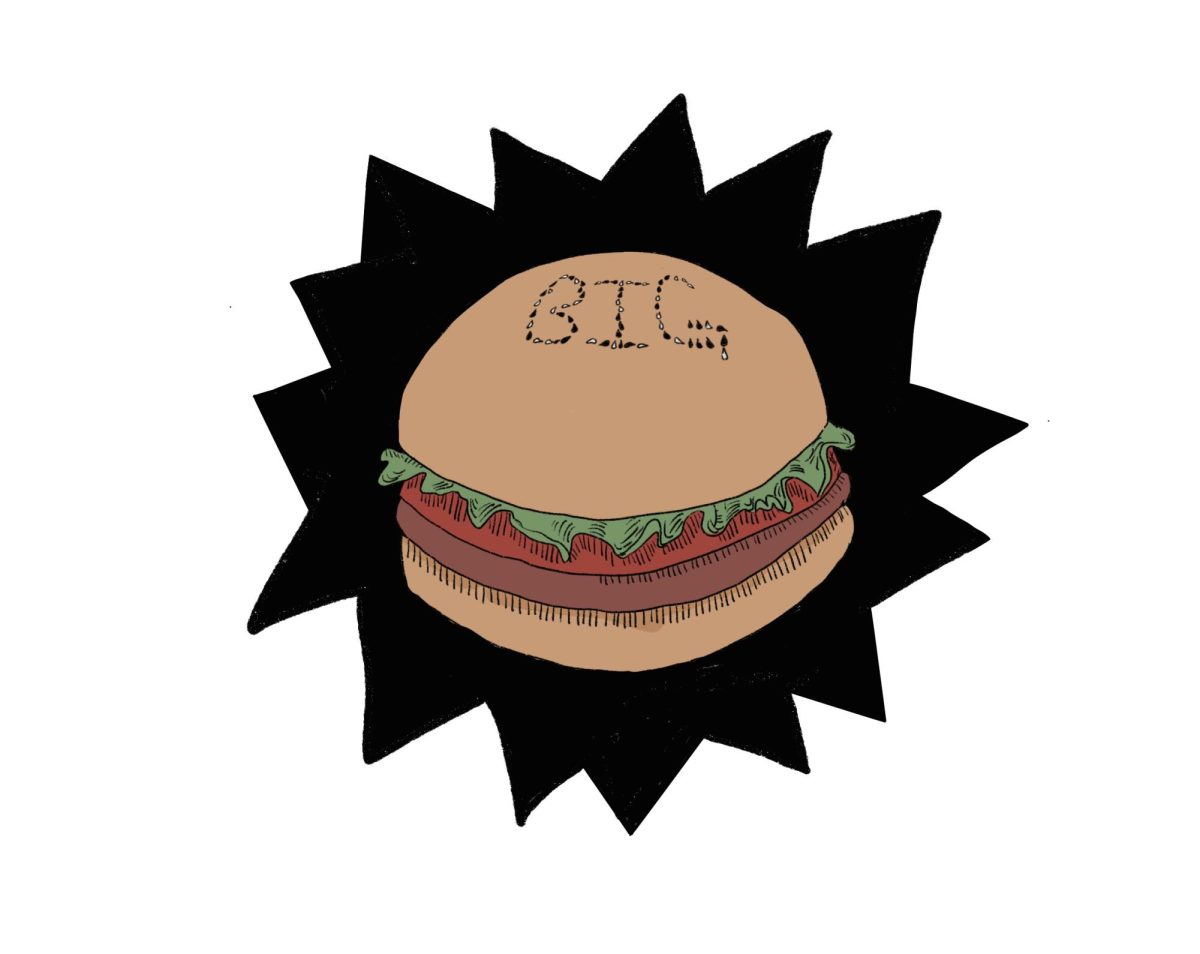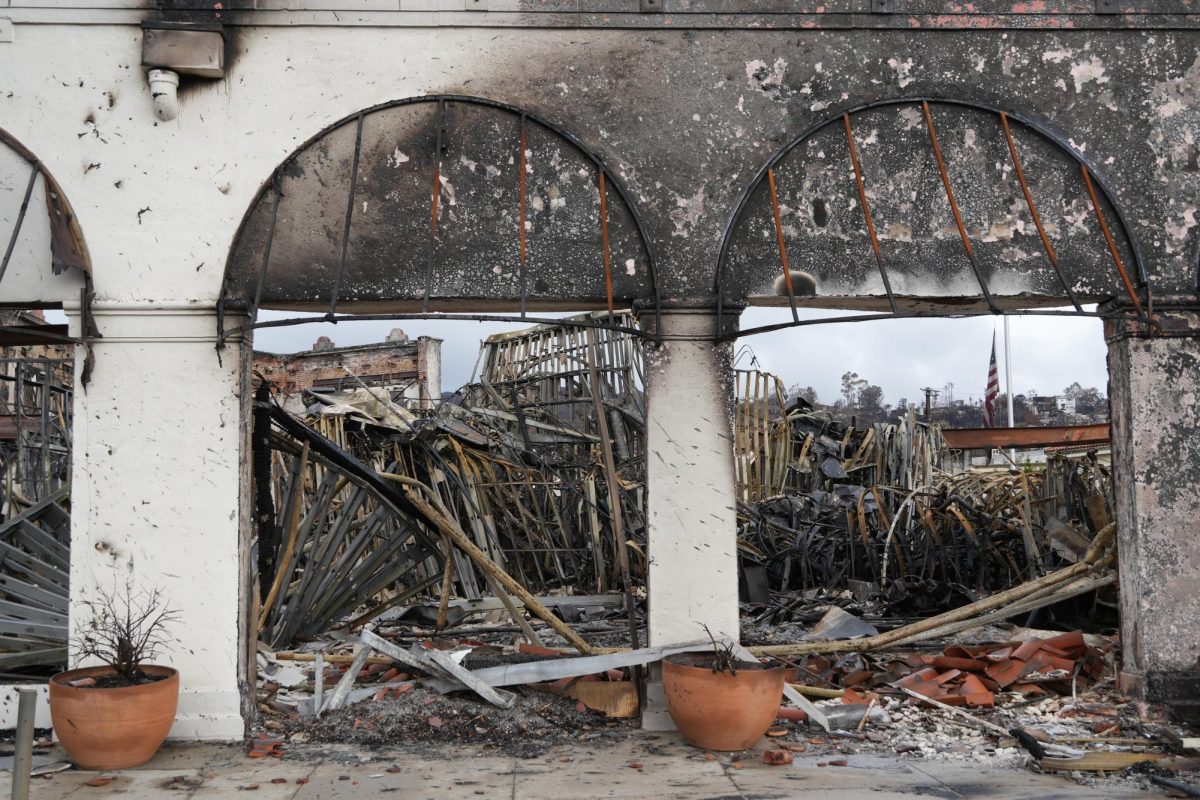By Anya ’22 and Paige ’22
Perceptions of COVID-19 have been continuously changing since the first outbreak. Misinformation brought on by social media and even the government has created confusion surrounding the virus. In addition, racism has increasingly become a problem due to misconceptions about the disease. These different perceptions and quarantine-like conditions have created ramifications that go beyond our physical health.
Impacts of Coronavirus on Mental Health
When googling “anxiety caused by COVID,” thousands of results for how to cope with anxiety during a pandemic come up. An increase in media coverage of coronavirus can cause heightened levels of anxiety for many. The constant news flow of changing facts and scary statistics can often be overwhelming. The Center for Disease Control (CDC) has set up a section under the Coronavirus Disease tab of the website for tips on how to cope with daily stresses of living through a pandemic and even lists a disaster distress hotline. They also list ways for parents and families to recognize stress in children, as well as ways to support and contact family or friends while social distancing/isolating.
The media blitz about the virus combined with distrust and unreliability of news can create an atmosphere that fosters anxiety and instability. According to a UV survey, 63% of student respondents say that reading news about coronavirus causes them to feel anxious. Social media and technology allow for an unprecedented and constant inundation of news that wasn’t a part of past pandemics like the 1918 flu. While this allows for greater access to information about coronavirus, it isn’t guaranteed that this information is always accurate and reliable. 53.5% of surveyed students say that they check the news at least once a day and 58.9% say that the frequency with which they check the news has increased since the coronavirus outbreak.
The impact of coronavirus on mental health reaches far beyond the Marlborough community. More than 36 million Americans have filed for unemployment in the last two months. Psychiatrists and mental health experts are worried this rise in unemployment might cause a spike in suicide rates, similar to the spike in suicides during the worst point of the Great Depression. Unstable jobs and stress over losing jobs not only impact working adults, but also their families and children who worry about the future and safety of their family. Didi Hirsch Mental Services, one of the three organizations that accepts calls as part of the National Disaster Distress Hotline, reports a spike in hotline calls. They also report that 50% of their current calls revolve around coronavirus.
While the outbreak of coronavirus has caused some Marlborough students to check the news more often, the anxiety caused by the news has led other students hesitation to check the news. 32.1% of students report that the anxiety caused by consuming news about the coronavirus has caused them to stop checking the news as often.
“I used to read the news every day but once everything started being about COVID, I couldn’t handle it anymore. I could feel my anxiety and heart rate rise immediately when checking the news. I know that it’s very privileged of me to be able to shut out a lot of the news, but it’s the best thing for me to do right now,” said Dani ‘22.
Misinformation about COVID-19
“Fake News” is a term, whether for propagating or diminishing claims, that has flooded mainstream media in recent years. Deciphering between what is real and what is a hoax has become increasingly difficult. Yellow journalism, or reporting based upon sensationalism, results in many misinformed citizens on different aspects surrounding COVID-19. Misinformation falls into three categories, according to research conducted by Kathleen M. Carley, director of the Center of Informed Democracy and Cyber Security at CMU: misleading information about cures and preventive measures, falsified information about the nature of the virus, and erroneous claims about the weaponization and bioengineering of the virus. At Marlborough, 16.4% of students surveyed said they do not believe all of the news released about the coronavirus outbreak, while 27.4% said they only trust news about the virus from certain media outlets.
Social Media’s Role In Coronavirus News
Social media has acted as an intensifier for the misinformation surrounding COVID-19 and makes young people, who often use social media as their primary source of news, particularly vulnerable to these misconceptions. Social media distributes vital knowledge to masses of users, but also produces a myriad of false news. According to research done by Reuters Institute at the University of Oxford, most rumors spread through social media were “reconfigured” versions of the truth. For instance, one post indicated that washing your hands would help to prevent the spread of COVID-19, which is a true fact. The problem is that it was concluded under the pretense that the virus is not heat-resistant, and could be killed under warm water. The fact that the disease is not heat-resistant and can be diminished under water is false, but washing hands is a good precaution to take.
However, Reuters found that 38% of misinformation was completely arbitrary. There are many rumors on the internet that have zero basis on fact. According to research at Pew Research, nearly a quarter of Americans believe that COVID-19 was created intentionally in a human laboratory, contrary to experts’ theory that it was spread to humans from bats through an unknown intermediate animal. Another theory circulating that has been discredited but is still widely believed is that 5G transmission towers have contributed to the spread of COVID-19. The ubiquitous belief in this claim led to many outlandish actions, notably in England, where as of April 10 there were more than 30 acts of vandalism and arson against 5G towers and other telecom gear. On April 2, a wireless tower was set ablaze in Birmingham.
These theories may start as myths that are easily recognizable as false and unpopular, however, their amplification by celebrities has caused them to spread more quickly and become more credible. For instance, the 5G transmission rumor was spread by John Cusack and Woody Harrelson. There have been senseless, dangerous myths such as injecting bleach as a solution. Research done by Pew Research shows that the people more likely to believe in COVID-19 conspiracy theories are also more likely to die from the virus. Such incidents and data have spurred a new challenge in combating the disease, which now includes protecting people from false claims in the news and social media.
Since these rumors have resulted in devastating consequences some social media platforms are taking measures to combat the spread of misinformation. Twitter for instance is using labels as a method of diminishing the problem. These labels include warning messages on some tweets indicating the information is not in compliance with the precautions public health officials suggest. The labels will be hyperlinked to Twitter-curated pages that relay trusted information about what is true. Other social media outlets are being pushed to do similar measures.
Government and Right Wing News Outlets
In the United States, President Donald Trump himself has contributed to the fabricated stories and the spread of misinformation. He showed enthusiasm for the usage of Chloroquine to treat COVID-19 in one of his daily press conferences, despite there being very little evidence or research done with the drug. Trump said it is “a very powerful drug for certain things, and it’s a very successful drug. There’s reason to believe that it could be successful here….we have had some tremendous results.”
Trump and his administration worked to downplay the effects of the virus and utilized right wing media to do so. The same week Marlborough closed due to the virus, Trump tweeted that it was nothing more than like the common flu. Additionally, he is adamant on reopening the country despite death tolls still rising in some regions. His behavior during press conferences including promoting false information about cures has been under scrutiny because some believe it could hinder the ability Americans have to protect themselves from the disease. An example of this is him speaking about drinking bleach, although he later retracted and clarified he was being sarcastic.
Sensationalism
The COVID-19 rumors cause tangible harm and exploit people’s fears creating a new sense of urgency. Social psychologist Karen M. Douglas reported to The New York Times that “People are drawn to conspiracies because they promise to satisfy certain psychological motives that are important to people.” It gives people a sense of control amid a pandemic that individuals feel to have little control over.
Sensationalism from the media has contributed to a sense of urgency, causing people to raid the shelves of stores for unnecessary amounts of milk, eggs, and even toilet paper. The feeling of vulnerability caused by the disease fueled a rush to take such inessential actions often leading to other problems.
Stay-at-home orders exacerbate exposure to media sensationalism. Those stuck at home are more prone to look at social media, and teenagers are too, like those at Marlborough. Those who fall into these categories are especially susceptible to the dangers of misinformation.

Spike in Anti-Asian Sentiments
Panic about the spread of coronavirus has given rise to anti-East Asian sentiments that blame Chinese people for the virus and conflate COVID-19 with Asian racial identity. President Trump’s dismissal of the severity of coronavirus for Americans and his labelling of coronavirus as the “Chinese virus” only encourages anti-Asian rhetoric. The blaming of East Asians, more specifically Chinese people, for the spread of coronavirus began at the beginning of the virus’s spread to Europe and North America.
Some American government officials have perpetuated the narrative that China is to blame for coronavirus because of their cultural habits. When questioned on the morality of calling coronavirus the “Chinese virus,” Senator John Cornyn (R-TX) said, “China is to blame because the culture where people eat bats and snakes and dogs and things like that, these viruses are transmitted from the animal to the people and that’s why China has been the source of a lot of these viruses like SARS, like MERS, the Swine Flu.” While the CDC has said that COVID-19 has been traced back to a “wet market” or live animal market in Wuhan, China, and the virus can be carried by bats, it has not been confirmed that the spread or origin of coronavirus comes from people eating bats, snakes, and dogs. Additionally, the first cases of Swine Flu in humans were identified in the United States, and the first known cases of MERS were traced back to Jordan, not China.
This increase in anti-Asian rhetoric has impacted the Asian students of Marlborough, despite the school’s preachings of inclusivity and liberal bubble. 91.7% of surveyed students in the EAST affinity group say they feel there has been an increase in anti-Asian sentiments since the outbreak of the coronavirus, while 50% say that they have personally experienced an increased amount of racist behavior and comments since the outbreak. Many students report being avoided on the sidewalk or being cast suspicious sidelong glances. Others report being followed, filmed, and coughed at on the street by white people. Another student reported being absent from school because of the common cold, but when they returned to school, they were approached by six people, both students and teachers, and asked whether they had contracted coronavirus. This student wrote in response to the survey that “It is clear that anxiety and caution surrounding COVID-19 manifests into anti-Asian xenophobia and racist scapegoating.”
While many Americans reflect the rhetoric of Cornyn and Trump in conflating coronavirus with East Asian culture, others have stepped forward to defend and protect Asians and Asian-Americans. A Democratic representative of California, Judy Chu, stood against Cornyn’s comments in a statement to Business Insider, saying “Blaming Chinese people en masse for the spread of this disease is the exact same bigoted line that was used to justify the Chinese Exclusion Act over a century ago.”
Russel Jeung of San Francisco State University’s Asian American department believes that the normalization of anti-Chinese rhetoric and online hate speech is damaging. Jueng says that anti-Asian sentiments “dehumanizes Chinese and Asians. It’s like equating them to a face mask and equating them to the disease, so it’s easy to scapegoat them and attack them.” A website started by Jueng, Stop AAPI [Asian American and Pacifican Islander] Hate recorded over 1,100 hate crimes ranging from verbal assault to physical assault directed towards Asian Americans since March. Clemson University researchers noted a rise in hashtags such as #BlameChina, #ChinaVirus and #ChinaLiedPeopleDied being used on Twitter.
Impacts on African American and Latinx Communities
African and Hispanic Americans are being disproportionately impacted by COVID-19. In cases of COVID-19 where the race of the patient was identified, 30% of patients were black despite the fact that they make up 13% of the US population. Cases amongst Latinos are also disproportionately high. In Chicago, African Americans are dying from COVID-19 at 3 times the rate that white people are, while in New Mexico, Native Americans make up 50% of confirmed COVID-19 cases, despite being only 11% of the population. The statistics coming out of the coronavirus crisis are shining a light on an already existing problem.
“There’s a long history of disadvantage in this country.When you think about access to health care, when you think about access to healthy food, when you think about job security, the things that many of us enjoy and we take for granted, they make it really hard for certain communities to be healthy,” says emergency room physician Dr. Andrew Marshall in an NPR interview.
Students in the Marlborough community have also seen how racism in the healthcare system has been exemplified through the current crisis.
“Coronavirus is affecting blacks, Latinos, and the poor at a disproportionate and alarming rate. I think that this time has shown how the healthcare system has failed us with lack of tests and protective gear for minorities,” member of AACE Lucea ‘22 said.
Similarly Jalen ‘22, another member of AACE, thinks it is vital that the level of privilege for most students at Marlborough is recognized, since many of these minorities lack the ability to completely stay at home because they have to work, and are therefore at a greater risk for contraction of the virus.
“The stay at home order is difficult for some minorities who may not have stable finances where they can just be at home and get paid leave or live off of savings.” Jalen ‘22 said. “Because they are out more, the health risk is greater, which could put them in a position of needing medical assistance that they may not have access to. It’s so important to recognize how privileged we are during this time to have access to our education, are safe, and have resources.”
While many experts believe that the disproportionate effect of COVID-19 on communities of color is caused by a pre-existing lack of access to health care and socio-economic disparities, there are others who are blaming and vilainzing communities of color for their higher rate of coronavirus. US Surgeon General Jerome Adams acknowledged in a press conference the disproportionate rates in which communities of color are being impacted by coronavirus. Adams went on to explain that people of color are not “biologically or genetically predisposed to get COVID-19,” but claimed that they are “socially predisposed to coronavirus exposure, and have a higher incidence of the very diseases that put you at risk for severe complications of coronavirus.” Adams told communities of color to avoid drugs and alcohol for the safety of their families. He was confronted with backlash, with many saying that his advice perpetuated stereotypes of the lifestyles of people of color and villainized those communities. He was criticized for not putting enough emphasis on the socio-economic disparities, lack of access to healthcare, and a general poor social safety net as the reason for a disproportionate amount of cases in communities of color.
Many meat packing factories in the Midwest have seen a spike in COVID-19 cases, which employ mostly immigrant workers. When calling into question why there has been a spike of cases in Midwest states, a Wisconsin Supreme Court justice said that the outbreak of coronavirus didn’t come from “regular folks”. Wisconsin Supreme Court Chief Justice Patience Roggensack explained the spike in coronavirus cases in Brown County, saying that the cases were “due to the meatpacking, that’s where the Brown County flare came from. It wasn’t just the regular folks in Brown County”. Messaging on whether or not the meat packing plants are the direct source of the outbreaks is mixed. South Dakota Governor Kristi Noem said that “99% of what’s going on today wasn’t happening inside the facility” when speaking about an outbreak in Sioux Falls that had been linked back to workers at Smithfield pork plant. Noem went onto blame the spread of coronavirus amongst meat packing workers and their families on the fact that the workers live in close proximity. While it is possible that the workers in the meat packing plant live in close proximity to each other, the spike in cases is more likely due to the fact that workers in the plant are often working shoulder to shoulder and with very little protective gear.

